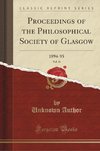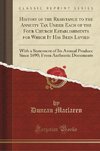
-
 Anglický jazyk
Anglický jazyk
1899 books (Book Guide)
Autor: Source: Wikipedia
Source: Wikipedia. Commentary (books not included). Pages: 30. Chapters: Aradia, or the Gospel of the Witches, The Theory of the Leisure Class, The River War, Encyclopaedia Biblica, Little Black Sambo, The Foundations of the Nineteenth Century, Father Goose:... Viac o knihe
Na objednávku, dodanie 2-4 týždne
14.40 €
bežná cena: 16.00 €
O knihe
Source: Wikipedia. Commentary (books not included). Pages: 30. Chapters: Aradia, or the Gospel of the Witches, The Theory of the Leisure Class, The River War, Encyclopaedia Biblica, Little Black Sambo, The Foundations of the Nineteenth Century, Father Goose: His Book, Kunstformen der Natur, The Interpretation of Dreams, The Symbolist Movement in Literature, Sailing Alone Around the World, Abraham Lincoln, The Races of Europe, Stalky & Co., 1899 in literature, The Parson's Handbook, Star Names: Their Lore and Meaning, Soldiers Three, The Memoirs of Dolly Morton, Merck Manual of Diagnosis and Therapy, Tales of Space and Time, The Triumphs of Oriana, The Conjure Woman, The Wife of His Youth and Other Stories of the Color-Line, The Amateur Cracksman, A History of the German Baptist Brethren in Europe and America, The Enchanted Type-Writer, New Parliamentary Manual. Excerpt: Aradia, or the Gospel of the Witches is a book composed by the American folklorist Charles Leland that was published in 1899. It contains what he believed was the religious text of a group of pagan witches in Tuscany, Italy that documented their beliefs and rituals, although various historians and folklorists have disputed the existence of such a group. In the 20th century, the book was very influential in the development of the Neopagan religion of Wicca. The text is a composite. Some of it is Leland's translation into English of an original Italian manuscript, the Vangelo (gospel). Leland reported receiving the manuscript from his primary informant on Italian witchcraft beliefs, a woman Leland referred to as "Maddalena" and whom he called his "witch informant" in Italy. The rest of the material comes from Leland's research on Italian folklore and traditions, including other related material from Maddalena. Leland had been informed of the Vangelo's existence in 1886, but it took Maddalena eleven years to provide him with a copy. After translating and editing the material, it took another two years for the book to be published. Its fifteen chapters portray the origins, beliefs, rituals, and spells of an Italian pagan witchcraft tradition. The central figure of that religion is the goddess Aradia, who came to Earth to teach the practice of witchcraft to peasants in order for them to oppose their feudal oppressors and the Catholic Church. Leland's work remained obscure until the 1950s, when other theories about, and claims of, "pagan witchcraft" survivals began to be widely discussed. Aradia began to be examined within the wider context of such claims. Scholars are divided, with some dismissing Leland's assertion regarding the origins of the manuscript, and others arguing for its authenticity as a unique documentation of folk beliefs. Along with increased scholarly attention, Aradia came to play a special role in the history of Gardnerian Wicca and its offshoots, bein
- Vydavateľstvo: Books LLC, Reference Series
- Rok vydania: 2014
- Formát: Paperback
- Rozmer: 246 x 189 mm
- Jazyk: Anglický jazyk
- ISBN: 9781157582717
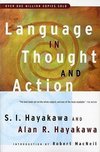
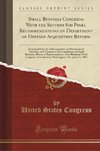
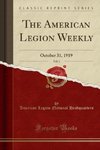

 Nemecký jazyk
Nemecký jazyk 




